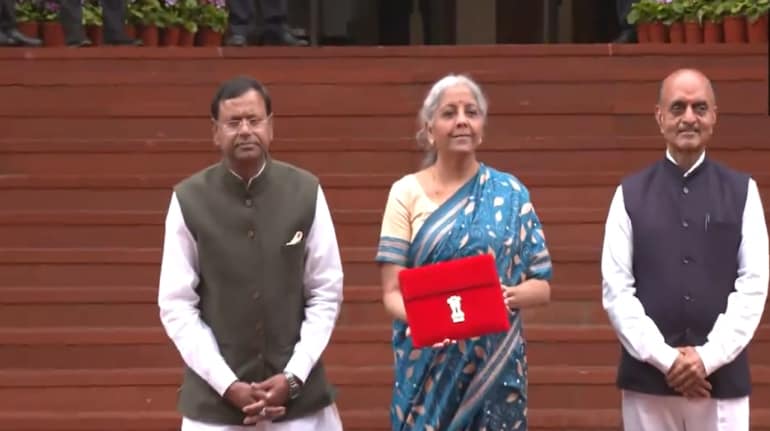
After three unsuccessful attempts at disinvesting its stake in the helicopter services provider, the government Friday approved the sale of Pawan Hans Ltd along with management control to Star9 Mobility Pvt Ltd — a three-way consortium between Big Charter Private Limited, Maharaja Aviation Private Limited and Almas Global Opportunity Fund SPC.
This disinvestment is the second major sale from the government’s aviation portfolio in the last 12 months — Air India went to Tata Group in January this year.
Pawan Hans, which currently operates 42 helicopters, is a 51:49 joint-venture between the government and state-owned Oil & Natural Gas Corp Ltd. ONGC had earlier decided to offer its entire shareholding to the successful bidder identified in the government strategic disinvestment transaction, on the same price and terms as the government. In December last year, the government received three financial bids for the company.
“M/s Star9 Mobility Private Ltd, a consortium of M/s Big Charter Private Limited, M/s Maharaja Aviation Private Limited and M/s Almas Global Opportunity Fund SPC, emerged as the highest bidder quoting Rs 211.14 crore, which was above the Reserve Price,” the Ministry of Finance said in a press release. “The other two bids were for Rs 181.05 crore and Rs 153.15 crore. Following due deliberations, the financial bid of M/s Star9 Mobility Private Limited has been accepted by the government,” it said.
Best of Express Premium
Mumbai-based Big Charter Pvt Ltd runs the ‘flybig’ airline, which operates on UDAN routes, while Delhi-based Maharaja Aviation Pvt Ltd is a helicopter charter company. Almas Global Opportunity Fund is a Cayman Islands-based fund managed by Dubai-based Almas Capital.
The consortium’s bid was also granted clearance by the Alternative Mechanism for Pawan Hans disinvestment. The Alternative Mechanism comprises Road Minister Nitin Gadkari, Finance Minister Nirmala Sitharaman and Civil Aviation Minister Jyotiraditya Scindia.
“The strategic disinvestment transaction was implemented through an open, competitive bidding process supported by a multi-layered consultative decision-making mechanism involving Inter-Ministerial Group, Core Group of Secretaries on Disinvestment and the empowered Alternative Mechanism,” the official statement said.
Moving forward, the government will now issue the Letter of Award, which will be followed by signing of the Share Purchase Agreement and closing the transaction.
In October 2016, the Cabinet Committee on Economic Affairs had approved strategic disinvestment of the entire government stake in Pawan Hans and post that the government made three fruitless attempts at disinvestment.
In the first round, the Preliminary Information Memorandum (PIM) was issued in October 2017, seeking Expressions of Interest (EOI). Out of four EOIs received, only one was found eligible and the transaction was cancelled.
In the second round, PIM was issued seeking EOIs in April 2018 and two bidders were found eligible and were issued the Request for Proposal (RFP). Finally, a single, incomplete bid, non-compliant with the RFP, was received.
Newsletter | Click to get the day’s best explainers in your inbox
In the third round, the PIM was issued seeking EOIs in July 2019. However, of the four EOIs received, only one was found eligible and the process was cancelled again.
In the fourth iteration, the government invited EoIs on December 8, 2020. Seven EoIs were received and four interested bidders were shortlisted as qualified bidders. After detailed due diligence, the qualified bidders were invited to submit financial bids, following which three financial bids were received.
After 3 failed bids, Government sells its stake in Pawan Hans to private consortium - The Indian Express
Read More

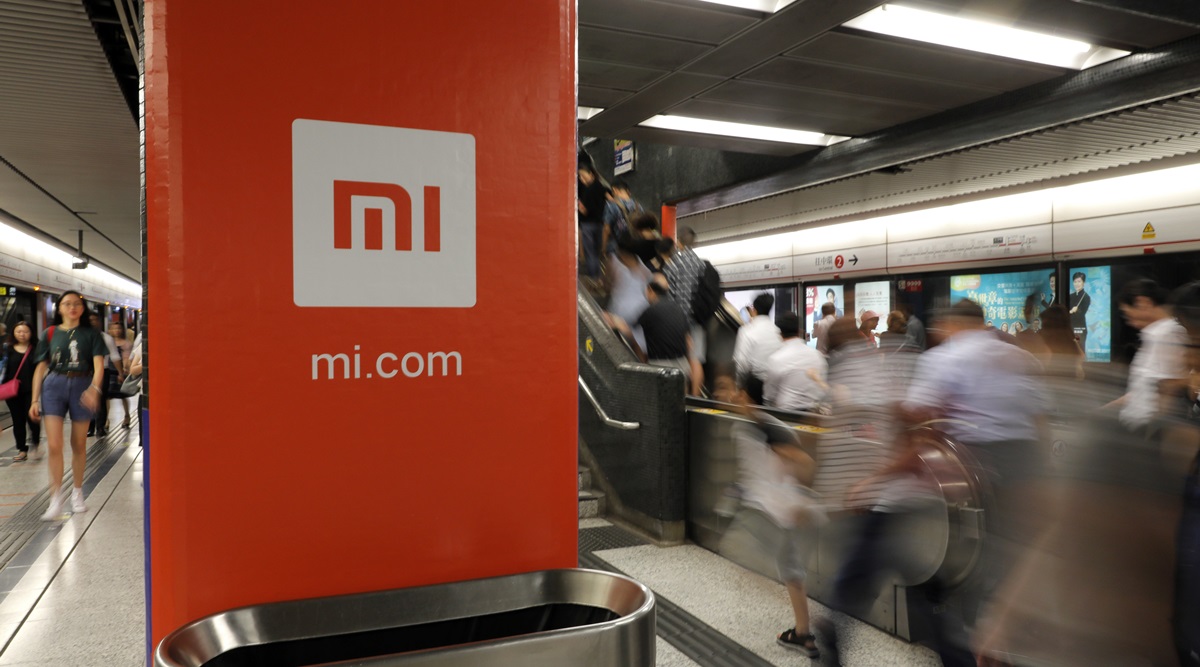






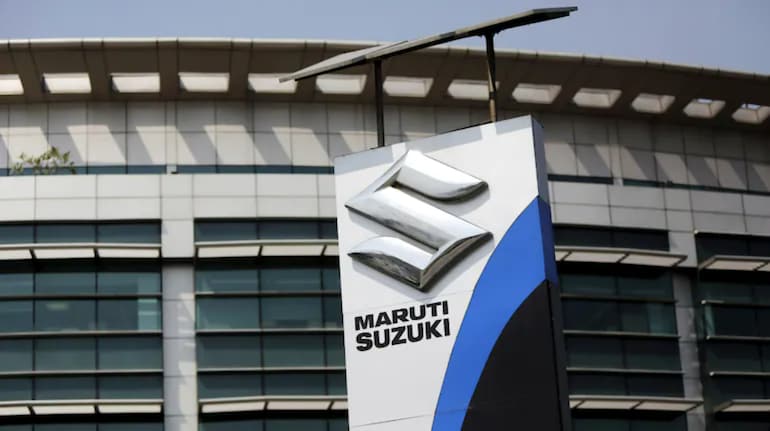

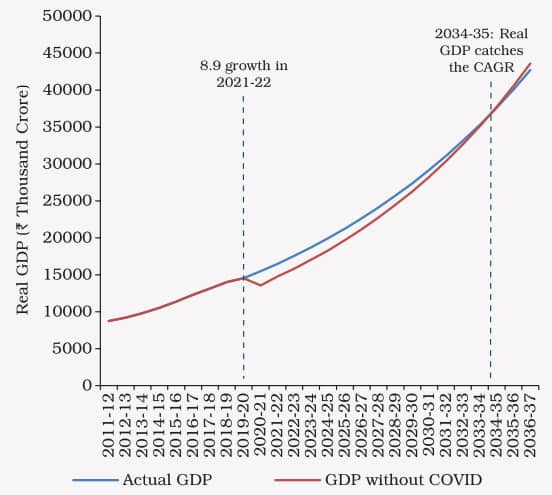








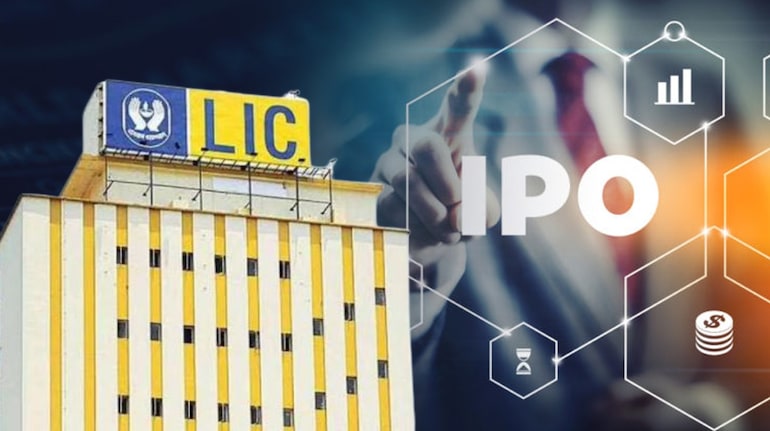
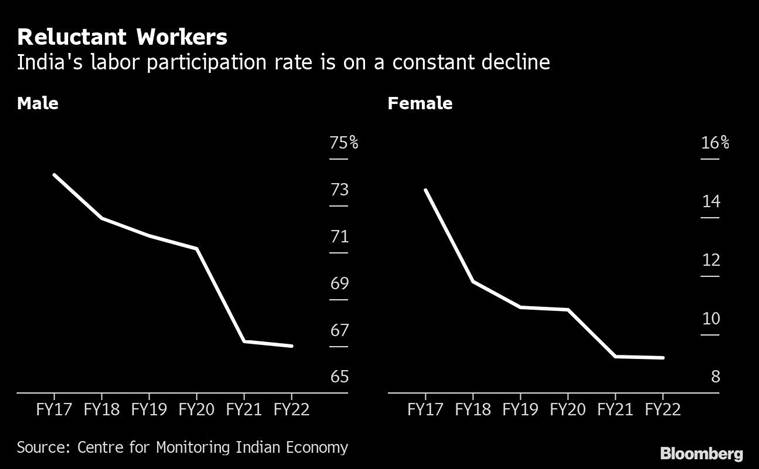 Source: Bloomberg
Source: Bloomberg




